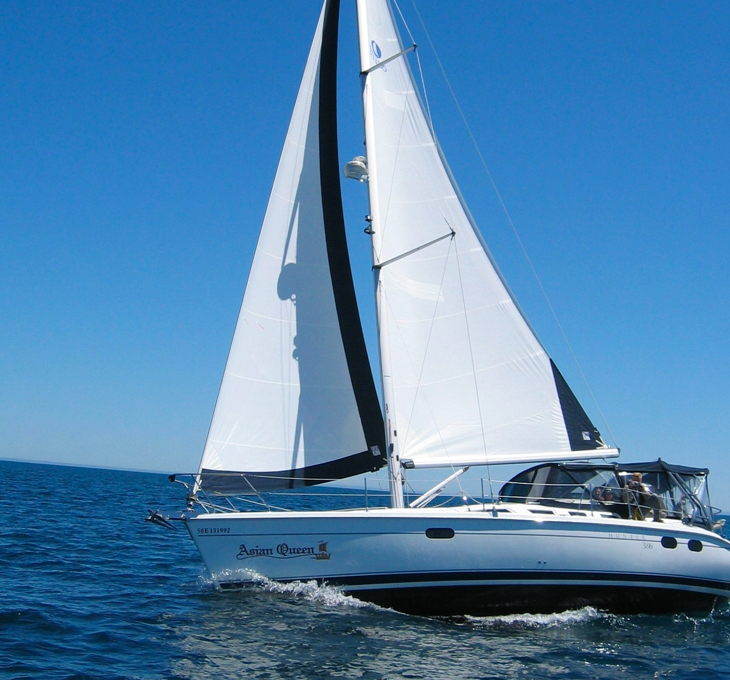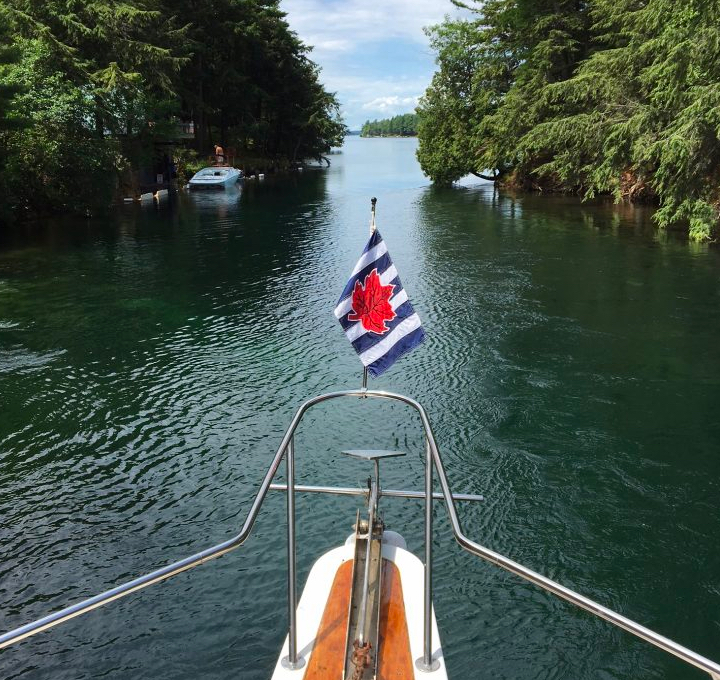Just Ask John
John Gullick fields many of the calls for information that come to CPS-ECP National Office in Toronto. He has agreed to share some of the questions and his responses with you.
For questions not answered here, just ask John.
Videos
Video Summary: John Gullick from the Canadian Power and Sail Squadrons tells Canadian Yachting magazine editor Andy Adams about DSC, VHF radios and the Power Squadron courses.
Visit the CPS-ECP YouTube Channel
Question:
Will the Canadian Coast Guard follow the US lead in no longer monitoring channel 16 (Mid Frequency (MF) 2182 kHz)?
Answer:
In October 2013, following the USCG announcement (USCG Marine Safety Alert 06-13 dated June 18th) re discontinuance of monitoring of its shore-based medium frequency communications network, the CCG responded as follows: This decision will have no impact on CCG marine communication and traffic services operations.
The CCG continues to monitor 2182 kHz and provide broadcast services on 2 MHz, and has no plans to discontinue the service.
In October 2014, I once again contacted CCG HQ on this issue and was advised as follows: “There has been no senior level CCG discussion about ending the monitoring of (MF) 2182. If we do visit it in the future, it would demand public consultation.”
Canadian Coast Guard continues to monitor Channel 16.
Question:
How do I activate the Digital Selective Calling (DSC) feature in my VHF maritime radio?
Answer:
Contact a regional Industry Canada Spectrum Management office and get a Maritime Mobile Service Identity (MMSI) number and then follow the DSC set up instructions in the radio’s Owner’s Manual. DSC cannot be activated without a MMSI number.
Question:
Can I use the DSC feature for routine calling?
Answer:
In addition to the automatic distress-alerting feature of VHF-DSC radios, the initial contact with another vessel, a “routine” call, is made digitally on channel 70. The channel for voice communication is indicated utilizing the vessel MMSI in a manner similar to that of a pager. Another vessel’s radio is digitally contacted and advised to go to a specific channel for voice communications.
Question:
How can I find out which VHF channels to use for voice communication in my cruising area?
Answer:
In the CPS-ECP Maritime Radio Course student’s notes you will find a copy of Industry Canada’s RIC 13 as Appendix 1, Table of Transmitting Frequencies for the VHF band 156 -174 MHz in the Maritime Mobile Service. This chart clearly identifies each of the channels 01 to 88, their areas of operation, the types of service and the types of traffic the can use the various channels. You can also go to the Industry Canada Spectrum Management web site and search RIC 13 for this chart.
Summary:
The DSC radio automatically, silently and continuously maintains a listening watch on the appropriate DSC channel, VHF channel 70.
DSC capabilities are not limited to emergencies. “All Ships”, Urgency and Safety alerts may also be received and sent to or from CCG Coast Stations and to establish routine contact with other DSC equipped vessels and coast stations directly without having to use the voice calling/distress channels.
John’s YouTube Boating Tips
Check out John’s YouTube Boating Tips at: www.youtube.com/CPSECP
Cours, événements et ressources des NautiSavoir

Calendrier des événements des NautiSavoir
Nous offrons une grande variété d'événements et de services à l'échelle nationale.
Obtenez votre permis de navigation
La Carte de conducteur d'embarcation de plaisance des NautiSavoir est bonne à vie.





